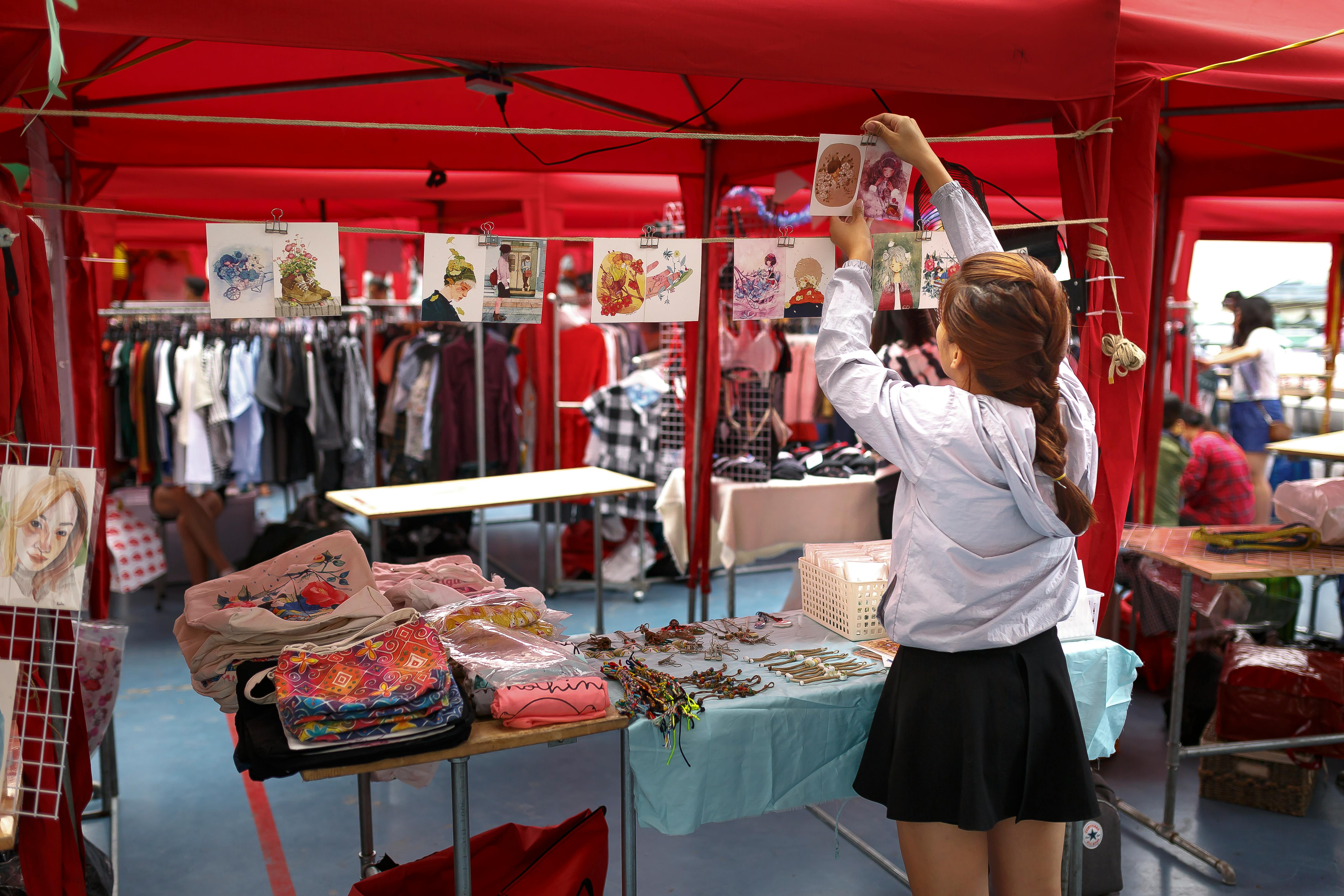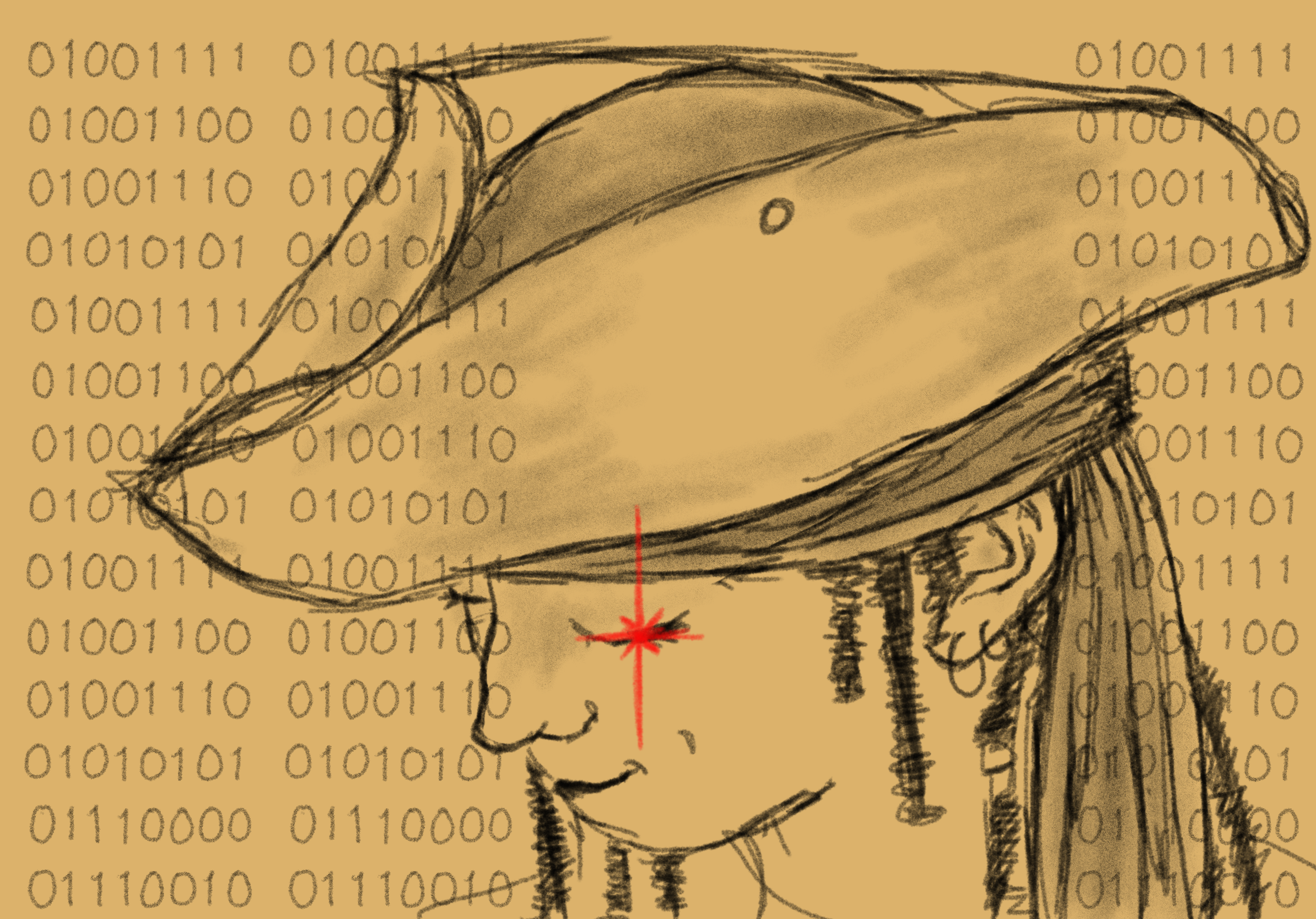
Space is often an estranged and taboo topic within institutions that are structured around colonial frameworks and hierarchies. It is a topic often dismissed and swept under the rug. While UBC Okanagan is a place of learning and academic study and practice for passionate students from around the world, it is––and always has been––a colonial institution. Still founded on structures that were only built with Western and Eurocentric ideologies and pedagogies in mind, UBCO has faced numerous critiques about its cultural competency, diversity and inclusion efforts, and delegation of space (or lack thereof) especially to Black and Indigenous students, communities, and creatives. As the Arts & Culture Writer for The Phoenix News, I have been honoured and privileged to speak with members within our student population and community who often brought up the importance of having space for celebrations, practices, teachings, and conversations of arts and culture both within and outside UBCO. These discussions were often followed by comments emphasizing the need for the space to be held in a safe and meaningful way that is devoid of colonial judgement, policing, and the white gaze. Having hosted many events and spaces for students to engage in and with, UBCO has often been criticized for failing to provide spaces that were safe for BIPOC students and communities and instead upheld colonial expectations and intentions.
Last year, student advocate Tashia Kootenayoo was elected as the President of the SUO. With years of experience working within academic institutions and being active in student causes, Kootenayoo brings a lot of important knowledge and ideas to the table. As an Indigenous woman from the Alexis Nakota Sioux Nation, Kootenayoo is familiar with the impacts of colonial institutions and the importance of having space. The Phoenix News’ Campus Life Writer, Madeline Grove, was able to interview SUO President Tashia Kootenayo to discuss the SUO’s responsibilities with providing spaces for students and the complexities that come with working within an institution founded on colonial thought.
Madeline Grove: How does the SUO distribute spaces and resources to people on campus? What are the standards and protocols? How are they chosen?
Tashia Kootenayoo: Space distribution on campus is a significant issue at UBC Okanagan as a result of the exponential growth of our community over the last five years. The limited non-academic space allocation is affecting the SUO and our members. The distribution of space falls under the purview of the University. Non-academic or “informal learning” spaces—examples of which are study spaces, recreational, and multi-faith prayer rooms—are under the VP of Students portfolio.
MG: How does the SUO help promote spaces for BIPOC students on campus?
TK: The SUO has actively been advocating for both academic and non-academic space. We have had to put more of a focus on academic space in previous years since there was a critical need. We are still advocating for more academic (i.e. study) spaces but we have shifted our focus to also include the creation of safe spaces for IBPOC students recently, which includes pushing UBC to establish a Black student resource center.
The SUO itself has a limited capacity in space offerings—of which I’ve personally felt the effects as an Indigenous student. Last year, the Board of Directors made necessary steps to provide the former ISC, now Indigenous Peoples’ Collective, a resource center with allocated physical space. I was pleased to see this change as it showed a prioritization of Indigenous students; it provided a student-led space where I, alongside other Indigenous people in our community, can safely gather and create a community away from home.
MG: Do you think the SUO gives enough space to BIPOC creators?
TK: One of the purposes of the SUO is to promote artistic, literary, educational, social, recreational, and other activities to advance the interests of our members. We provide funding annually to Student Associations, who create amazing initiatives that better our campus, and we provide necessary resources and unique opportunities to our members. We have also collaborated with students on campus for events and campaigns that center around IBPOC creatives and art. An example was last year’s LGBTQIA2S+ literary event that was organized by two students along with the UBCO Library. The event featured two Indigenous authors and held space for Indigenous members of our community to connect afterwards to discuss the art and their own creative journeys.
Recently, with the remodeling of the arts foyer, which was a joint project between UBCO and the SUO, we are working to have IBPOC student art featured in the space and annually have this changed over. It is a small step but an important one. This is an institution of diverse students in which a collaborative community approach is needed to ensure prioritization of IBPOC students and to work to create a safe and anti-oppressive based culture here at UBC Okanagan.
MG: What is SUO doing to actively increase the spaces on campus?
TK: The SUO’s push for the University to establish a Black student resource center comes from feedback we have been hearing from those in our community. Whereas the SUO has a responsibility to voice student concerns and work in the best interest of students, we are limited in physical space. UBC has the responsibility to bridge these gaps in our community in regards to non-academic space. If the University aims to be an inclusive institution, then there is an inherent need for IBPOC students and their perspectives to be reflected in policies, structures, classrooms, and allocated physical space. When we do not provide these spaces, we are insinuating that these students do not exist in our community. It is important to understand that there are many IBPOC students in our community and the support and/or resources they need are distinct and are the responsibility of the University and the SUO to provide in a collaborative manner.
MG: What are some of the challenges of providing space for racialized artists and creators when working within an institution such as UBCO?
TK: UBC and institutions like it are built on a colonial framework that was never designed to create space for IBPOC students and culture. There are many distinct challenges and we should be asking how the institution re-creates its understanding of post-secondary education and how it functions. Another challenge is we need to examine our intentions when engaging in anti-racism or decolonization work; how we can partner with IBPOC communities without burdening them with the responsibility of fixing things.
MG: Have you felt that you have seen an improvement in the SUO when it comes to providing/welcoming/allowing space to BIPOC students and/or creatives?
TK: Yes, the SUO is actively engaging initiatives that contribute to our goal of centering our work, resources, supports and organization on being anti-oppressive. Last year, we approved recommendations from an ad-hoc committee to engage in a Justice- Equity- Diversity- Inclusion audit, and a re-evaluation of our organization through an anti-oppression lens. We will continue to work on decolonization. We understand that this work is continuous and on-going.
MG: Do you think the SUO can improve on working with BIPOC student creatives on creating more safe spaces?
TK: Yes, there is always more to be done when it comes to decolonization and anti-oppression work that strives to create a safe community.




